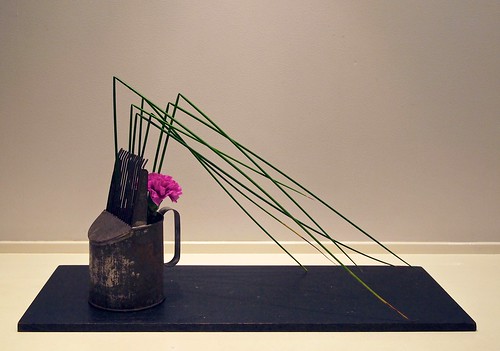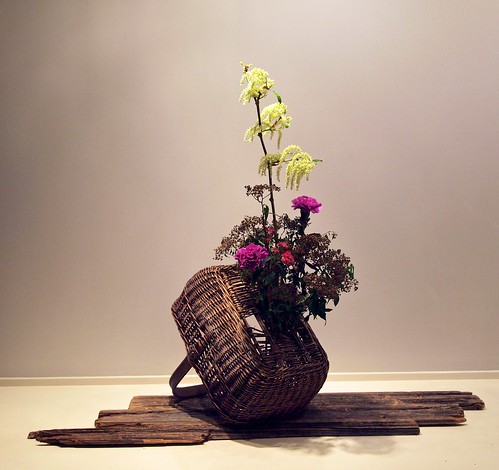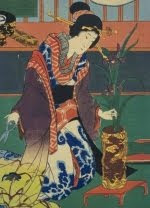Autumn in ikebana is characterized by a sentiment of melancholy. Autumn is the time of the year when the wabi-sabi quality in things surrounding us is at its strongest. It has been said that October is the most wabi-sabi month of the year.
While we still have a couple of days left of October I'd like to share with you two resent arrangements, one abstract and one naturalistic, that draws on this aesthetics. Both are making use of containers that are marked by age and recalls the beauty of everyday life.
Bulrush and Carnation.
Old rusty berry picker.
Old rusty berry picker.
This way of thinking turns many things in our culture upside-down and reminds us of the true beauty in life.
Japanese Knotweed, Japanese spirea and Carnations.
Old worn willow basket.
Old worn willow basket.














No comments:
Post a Comment